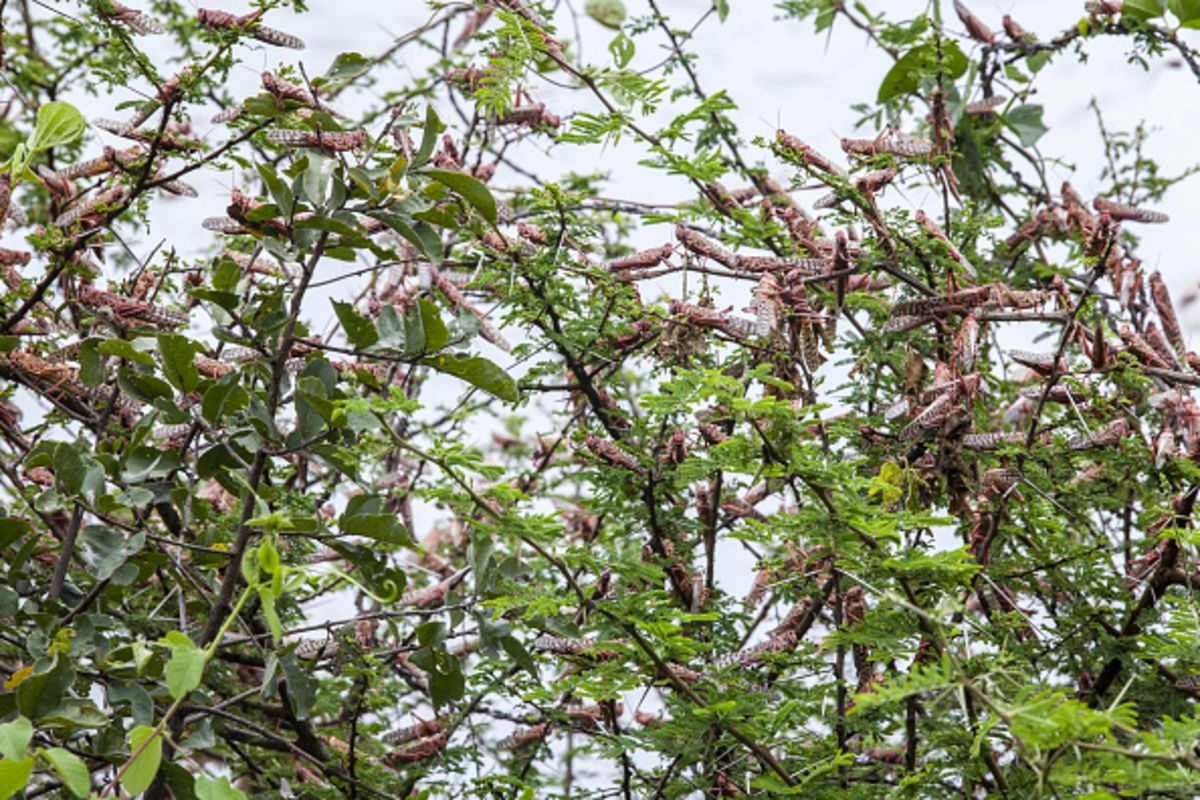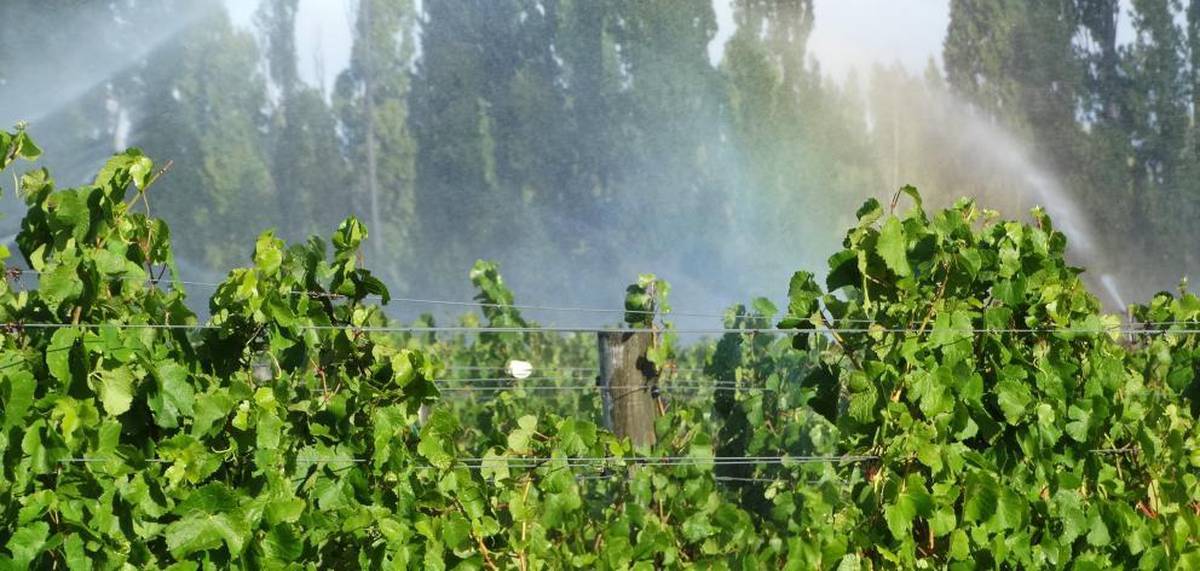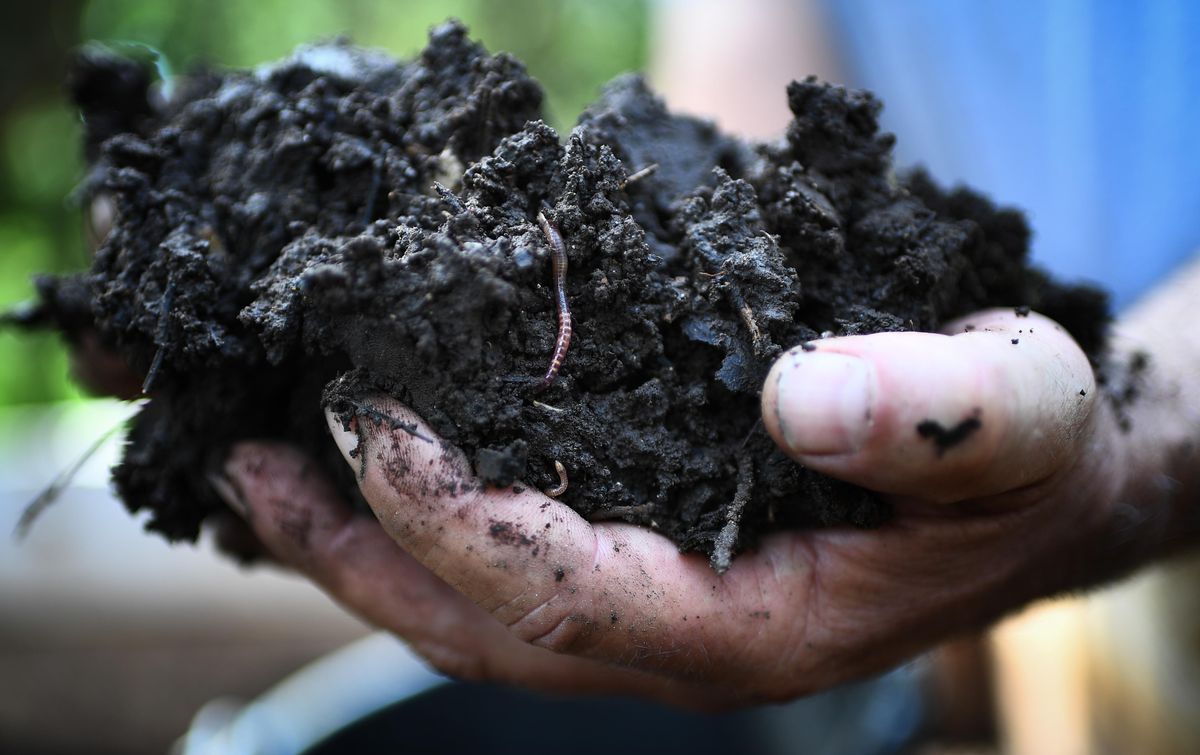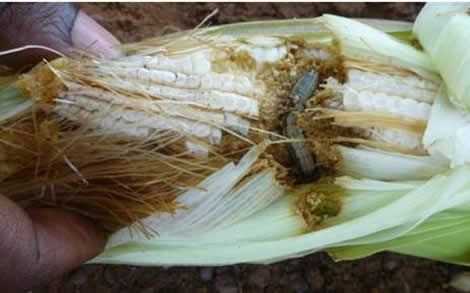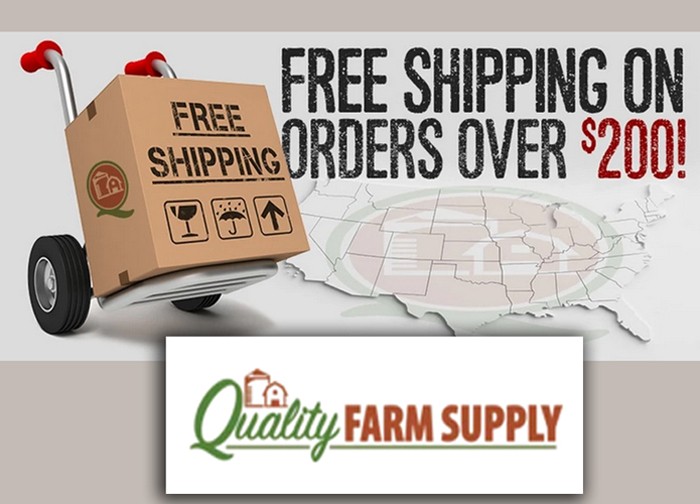-
(1)
-
Bookmark
- Comments (0)
 John LaRose Jr.
John LaRose Jr.
Topics: Fermentation/Vineyard/Wine, Ag Australia/NZ,
-
(1)
-
Bookmark
- Comments (0)
04/29/2020 SOURCE: www.bloomberg.com
-
(0)
-
Bookmark
- Comments. (0)
-
(0)
-
Bookmark
- Comments (0)
 John LaRose Jr.
John LaRose Jr.
Topics: Organic, Agriculture Global, Fermentation/Vineyard/Wine, Grapes,
-
(0)
-
Bookmark
- Comments (0)
 John LaRose Jr.
John LaRose Jr.
Topics: Pest Control, Fermentation/Vineyard/Wine, Grapes,
-
(0)
-
Bookmark
- Comments (0)
-
(0)
-
Bookmark
- Comments (0)
 John LaRose Jr.
John LaRose Jr.
Topics: Fermentation/Vineyard/Wine, Ag Middle East,
-
(0)
-
Bookmark
- Comments (0)
-
(0)
-
Bookmark
- Comments (0)
-
(0)
-
Bookmark
- Comments (0)
At Quality Farm Supply, we strive to be “The Go-To Source for the Get-Go Farmer.” Whether you need parts for production agriculture, farm supplies, or tractor parts, our huge selection of over 30,000 SKUs includes all manner of tractor parts, combine parts, cotton harvesting parts, disc harrow blades and parts, planter parts, tillage parts, bearings, hydraulics and much more.


 Nancy Kavazanjian
Nancy Kavazanjian

